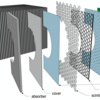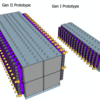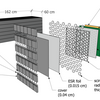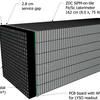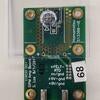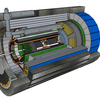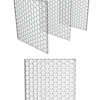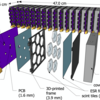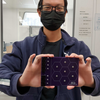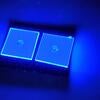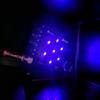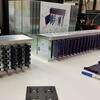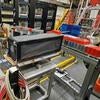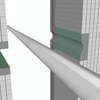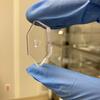

We are working on the technical design of experiments at the future Electron-Ion Collider. Specifically, we are conducting detector R&D for the calorimeter systems in our lab at UCR.
Our group has pioneered proposals to use jets for the 3D tomography of the proton and nuclei. These proposals address the core of the EIC science goals, but with new techniques that exploit jets and their substructure.
Let us help you with your search
